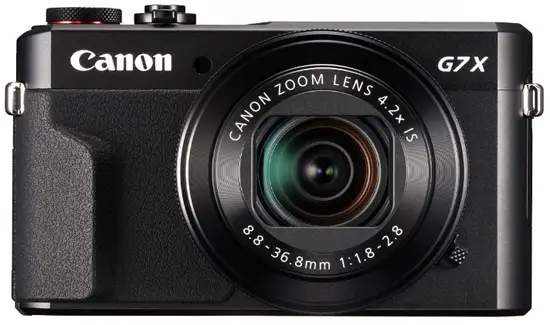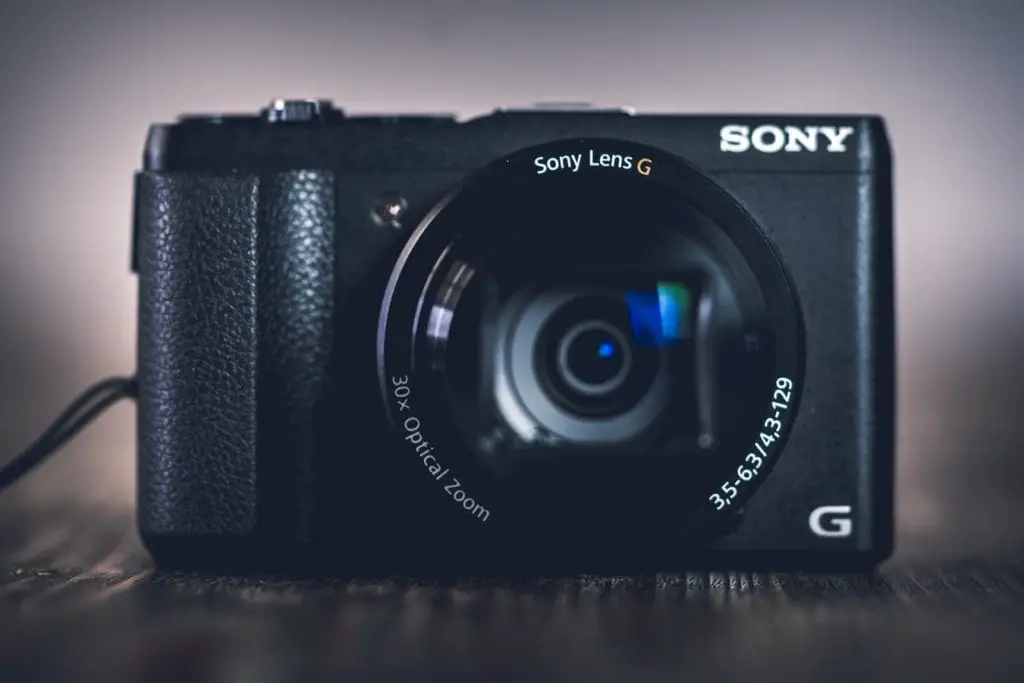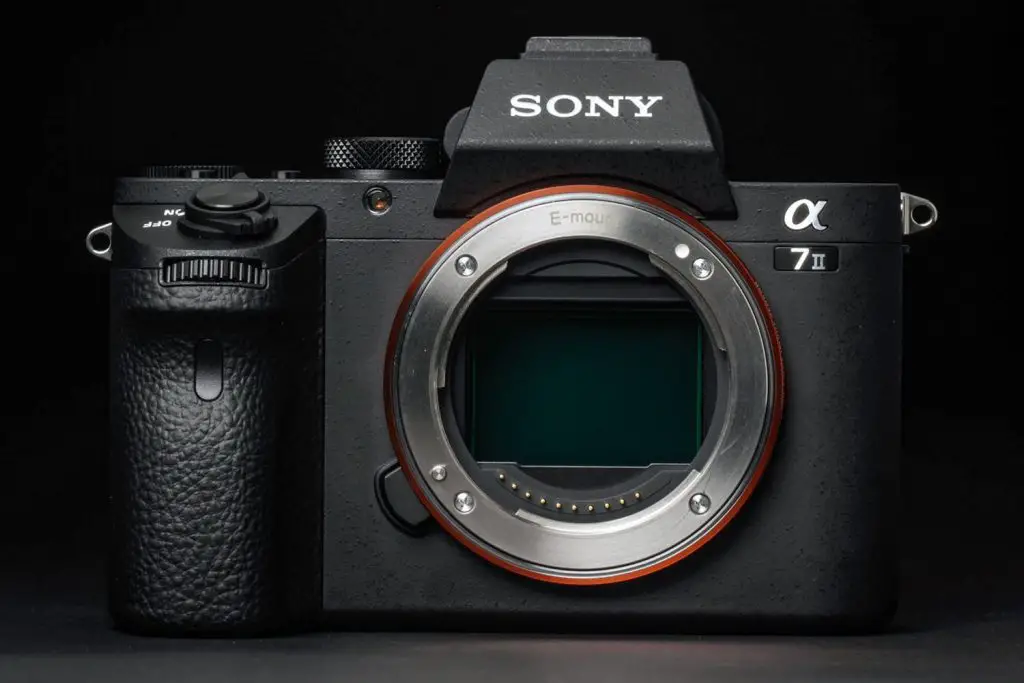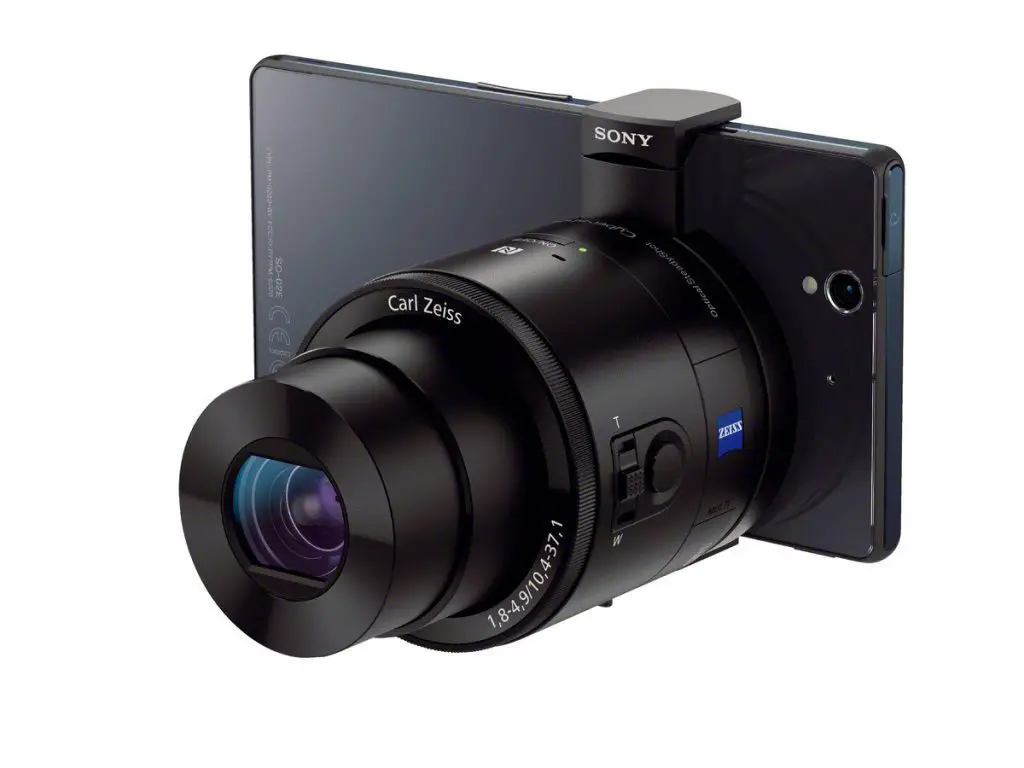As an Amazon Associate we earn from qualifying purchases.
Choosing a new digital camera can seem rather daunting—there are hundreds of options out there with a wide range of features and an even wider price range. But if you start by narrowing it down to what type of digital camera suits your needs, you’ll narrow down those overwhelming options. Options like size and features typically determine a camera’s type.
Often, enthusiasts will own more than one type of camera, because each has its own perks. But, most consumers can choose a camera that will work well for all their needs by choosing the right type of camera. Here are the types of digital cameras available on the market today, along with what they are best suited for.
Contents
Compact Point-and-Shoot
Compact cameras, or point-and-shoots, are beloved for their size and simplicity. Point-and-shoots get their name because all the user has to do is point and shoot to snap a photo. They’re not quite as popular today because of cell phone photography, but many of them still offer benefits you can’t find in a phone, like optical zoom, image stabilization, and a larger image sensor.
Point-and-shoots are good options for consumers on a budget, and those who aren’t very technically advanced or don’t like to mess with camera settings. They travel well and are easily kept in a purse or backpack.

Pros: Compact size, ease-of-use, budget-friendlyCons: Limited settings, smaller sensors than more advanced camera typesBest for: Basic users who want a camera that travels easy and is easy to use
Compact Zoom
Compact zooms or travel zooms have all the benefits of a point-and-shoot with the added perk of a good optical zoom. These cameras are still small, but can get up close to a subject, 20x, even 30x. Despite having a better zoom lens, they’re still quite small and pocketable. Compact zooms are typically just as easy to use as a point-and-shoot.
Zoom is a big plus—a camera with a good zoom will get you shots that no other camera can achieve. The big zoom puts them outside the budget-options, which means they have more features like speed—making them good for parents want to snap photos of little ones. With the big zoom offering more composition options, they’re excellent for travelers and general vacation photos as well.

Pros: Optical zoom, compact size, speed, ease of useCons: Limited settings, smaller sensors than more advanced camera typesBest For: Travelers, parents, and general consumer photography
Super Zoom Bridge Cameras
Super zoom cameras, sometimes called bridge cameras, offer more zoom than compact zooms—but don’t have the smaller bodies. The body of super zoom cameras are closer to a DSLR than a point-and-shoot, which means they are heavier, but more comfortable to grip.
They often offer a big 50x optical zoom, but beware the design of these cameras means image quality is slightly degraded at the long end of the zoom—which is why it’s important to read the reviews. Most—but not all—also include manual modes, but still offer auto and scene modes for those who don’t want to fuss with camera settings.
The manual modes make them a good option for beginners who don’t have a big budget, especially since adding a large zoom lens to a DSLR can get pretty expensive. The long zoom range is ideal for a wide range of consumers, from bird-watchers to parents wanting shots of their kids’ sports games (just look for a high fps number for sports).
Pros: Optical zoom, manual modes Cons: Large size, smaller sensors than mirrorless or DSLR cameras Best for: Wildlife photography, budget sports photography, general consumer photography
Advanced Compacts
The advanced compact is the size of a point-and-shoot camera, but allows you to do more than just point and shoot. Advanced compacts are all equipped with manual modes and often sport a few other perks, like larger sensors, brighter lenses and RAW capability. They offer features enthusiasts and pros use, but in a much smaller size.
Advanced compacts are popular second cameras for enthusiasts and pros when they don’t want to carry a big DSLR around. But, these cameras are also good for the typical consumer because of those larger sensors and better lenses—they still include automated modes.
While it’s not advisable to spend $800 on a camera with manual modes with no intention of learning how to use them, there’s a few solid models for less than $400 that offer better image quality over a point-and-shoot even if you never venture out of automated modes.

Pros: Manual modes, larger sensors, bright lens, small sizeCons: Not as versatile or high quality as DSLRs or mirroless, often expensiveBest For: Enthusiasts and pros that want a smaller camera for travel, general consumers looking for above-average image quality
Mirrorless
Mirrorless cameras are relatively new on the scene compared to the other categories, but they have a lot to offer. Sitting between a compact camera and a DSLR, mirrorless cameras have interchangeable lenses and manual modes, but are still fairly compact considering, since they don’t use the mirror that DSLRs need. There’s a wide range of capabilities within this category.
Some don’t offer sensors any bigger than what’s inside a point-and-shoot, while others offer large full frame sensors geared towards professionals.Mirrorless cameras appeal to a wide range of buyers—some professionals have even traded in their DSLRs to use a mirrorless for their business.
Most mirrorless users are enthusiasts, though there’s even a handful of low-cost options that are really more suited for the general consumer. With the option of swapping out lenses, mirrorless cameras are versatile, but travel better than a DSLR.
Pros: Small size, interchangeable lenses, manual modes, often faster burst speedCons: Shorter battery life than DSLRs, some more expensive than DSLRs with similar featuresBest For: Enthusiasts and pros looking for a travel camera, consumers that want flexibility

Sony Alpha A7 II (Source)
DSLR
Despite the new kid on the block, DSLRs are still a popular—and very good—choice when it comes to buying a new digital camera today. They’re larger than mirrorless cameras, but they have a longer battery life and still tend to offer better features like a faster autofocus over their smaller counterparts. Unlike mirrorless cameras, you’re not going to find a DSLR with a small point-and-shoot sensor.
DSLRs have either the big APS-C sensor, or the even larger full frame.DSLRs are almost always equipped with features like RAW and still tend to offer the best image quality around. And since mirrorless models have come onto the scene, DSLR bodies have began to loose a little weight too. There’s a few subcategories inside DSLRs that tend to determine what type of consumer is likely to pick one up:

Canon EOS 60D
Entry Level DSLRs are the least expensive with the fewest features. While they might not be as speedy or have as many autofocus points as pricer models, they’re still good options for the price. Entry-level DSLRs have APS-C sensors and can often be found for $500-$600. These DSLRs are best for beginners and enthusiasts on a budget.
Prosumer (or mid-level) DSLRs still use the APS-C sensors, but have a few more features, typically in the form of faster burst modes, more autofocus points, more physical controls and more megapixels. These cameras get their names from the fact that both pros and consumers buy these cameras.Professional (or full frame) DSLRs use the large full frame sensors that are equivalent to the size of 35mm film.
The larger sensor offers better resolution and a wider depth of field, to start with. These DSLRs are quite pricey, but still have different options. Again, the cheapest won’t be nearly as fast or have as many autofocus points, but the top options cost several thousand dollars.
Pros: Large sensor, flexibility with interchangeable lenses, advanced featuresCons: More expensive than other options, large sizeBest For: Beginners, enthusiasts and pros
Waterproof and All-Weather
Waterproof or all-weather cameras don’t need an extra housing to be submerged. Most all-weather models are point-and-shoots, but Nikon offers a waterproof mirrorless and Pentax makes some DSLRs that aren’t submersible but stand up to rain. With such a wide range of features, it’s important to pay attention to the details here. Can the camera be submerged, or just withstand the rain?
Does it include features that make for better images like a large sensor and bright lens, or is it just being marketed on the underwater capabilities? If you plan to actually take the camera underwater, look for a camera with a bright lens, since there’s limited lighting.Waterproof cameras are excellent options for a variety of different consumers.
They’re tougher and not prone to lens errors from beach sand getting suck inside some crevice like many point-and-shoots. Because of their tough quality, they’re not only good for anyone who plans to go snorkeling anytime soon, but also for kids and teenagers, families with young kids, travelers and more. Even pros who own more than one camera will sometimes pick one up for casual snapshots at the pool.

Pros: Durable and capable of underwater photographyCons: Pricer than similar non-waterproof modelsBest For: Travel, families with kids, the accident-prone, athletes
Unique
Sometimes, we come across a camera that, well, doesn’t really fit in any of the categories. Where do you place a smartphone attachable camera? Or one that allows you to adjust the focus after you’ve already taken the shot? That’s where DCHQ’s unique category comes in.

When looking at cameras inside this category, make sure you’re ready to pay a premium for that unique feature, since you can often find similar cameras without that one headlining feature for much less. Take caution before jumping on any new trends, and pay attention to the reviews first to be forewarned of any potential problems.
For example, Sony’s QX smartphone-attachable cameras are fun to use, but consumers should be aware they have slower response times, since they’re operating through wi-fi.Pros: Unique featuresCons: Pricey, and sometimes flawed
